Approximately 90% of all businesses in the world are small and medium-sized businesses. SMBs employ 50-90% of the workforce (percentage varies by country) and are the driving force for global economic growth. You can see where you are now and where you want to go in the future. Why would you hire someone to help you grow that doesn’t understand where you are and where you’re going?
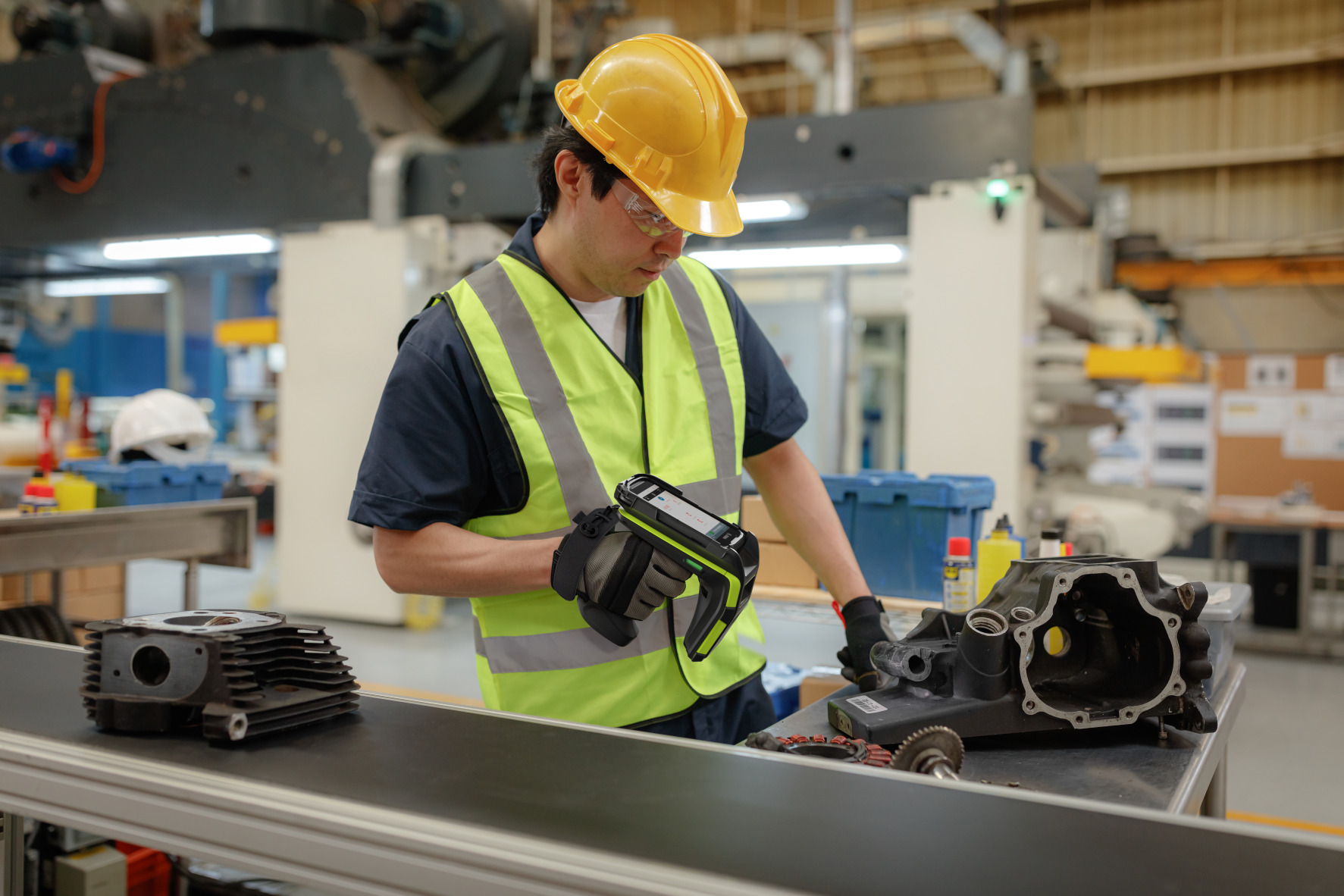
Imprint Enterprises is a company that grows with you. We provide your business with a total, competitively priced solution, including premium hardware, software, printing media and supplies, break-fix repairs, and consulting. Our partnership doesn’t end after a single purchase. It is a relationship based on quality and trust.
With 32 years of experience and product knowledge, Imprint Enterprises is an industry-leading provider of barcode printers, scanners, verifiers, software, RFID, labeling, warehouse labeling systems, as well as repair and maintenance solutions. Some clients have been with Imprint Enterprises from the start of the company. Every client is about building a lasting relationship.
From Farmers Market to Major Grocery Chain

A small startup company that makes a food product started with 10 people. This small business won a contract to sell their product in a national grocery store chain. This one contract took their business from 10 people to 250 people in about 8 months. This company contacted Imprint Enterprises to help them get a barcode system set up to meet the requirements of a major retailer.
From $25 Million to $900 Million in Sales
A medium-sized medical startup business was earning about $25 million in sales a year. This company was growing very quickly and was struggling to maintain their warehouse system. After a warehouse update, they are making about $900 million in sales now.
From RFID Tags to Regular Software Updates

A medical device manufacturer wanted to incorporate RFID tags into medical caliber products to better track and the medical products that would be returned for refurbishment and servicing. Upon rolling out that project, this company immediately wanted to scale that to having RFID to read every pallet that was shipping out, which could have 80 different products. They are still a client today, receiving software updates on a regular basis.
Solutions to Fit Your Budget
The goal for your business is to grow while increasing revenue. Do you already have growing financial demands? Getting a good barcoding system in place to grow with you should not break the bank. How many salespeople try to get you to buy the most expensive product?

With good, better, and best options, there are solutions to match any budget requirements without the pressure to buy the most expensive option. Our specialists understand that you have other needs that must be met. There are technological options to work with to get you where you want to go.
A Partner that Builds a Trusting Lifelong Relationship
When considering who to hire to incorporate barcoding into your small business or to upgrade your outdated tech in your medium-sized business, it’s always important to look at who is considered an expert.
Imprint Enterprises supports multiple industries such as manufacturing, distribution, logistics, food processing, co-packagers, beverage, pharmaceuticals, and more. Imprint Enterprises is a Premiere Solution Partner with Zebra Technologies, a leader in the barcoding technologies industry.
Imprint Enterprises has been presented with a wide array of challenges, including multiple departments and consultants for one company, and have successfully integrated solutions to bring a unique and valuable service to SMB’s. Whether you need data collection or mobility hardware service, parts, and supplies, or simply advice and technical support on how to get the most out of your technology, our skilled and responsive staff is ready to help in taking your business to the next level.
Imprint can help SMB’s move beyond current deadlines and look towards future possibilities with technology that is designed to last, grow, and learn with you. Imprint creates lifelong relationships and will help you every step of the way. Why would you hire someone that is one-and-done? Call the specialists that understand your needs even if you don’t.
Allow Imprint to become a part of your family, not just an addition to your function. Contact Imprint Enterprises today!
The post Incorporating Barcoding Systems for Growing SMB’s: The Imprint Difference first appeared on Imprint Enterprises - Since 1975.
]]>Medium businesses typically have the basics of barcoding down. Where they’re at now is updating and upgrading their technology to help them keep growing. In the past it was a matter of getting up and running. Now it’s all about the future and the increasing complexity of meeting multiple demands.
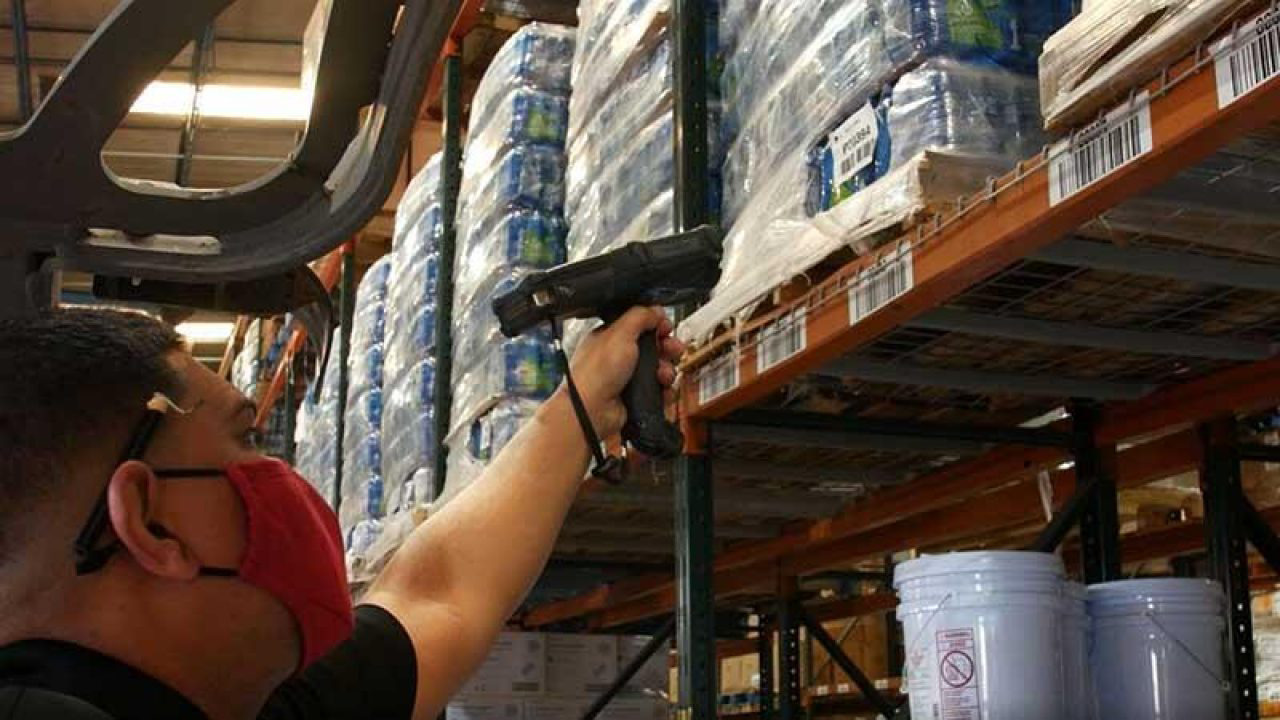
Upgrading to a system such as BarTender® can improve the lifecycle of barcode labels, ensure compliance for any industry, and has multiple editions for any business need. Upgrading to RFID enhances traceability. Creating a functional warehouse with enhances productivity and effectiveness.
BarTender®
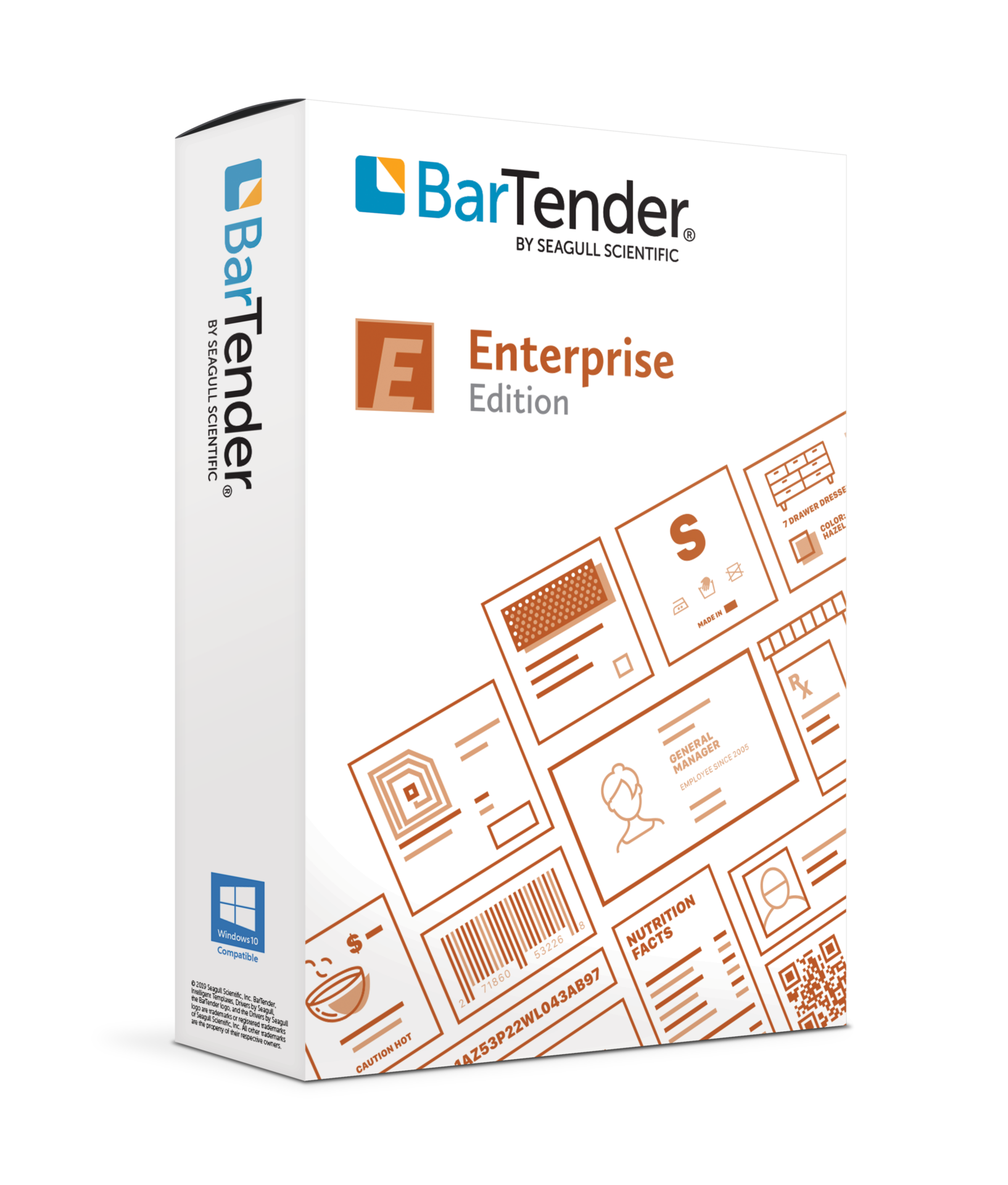
BarTender® is an all-in-one barcode software solution from Seagull Scientific that is simple and cost-effective. This software program makes it easy for medium-sized businesses to create, automate, and manage barcodes, labels, RFID tags, and more.
BarTender® 2021 is the latest upgrade of a program that has been around for decades. It is a game changer with upgraded automation, integration, and database capabilities with new design tools and greater security.
Create any barcode label you need from any network printer. BarTender® 2021 can help any organization on a local or global scale to better manage their labeling lifecycle, increase label quality, integrate with existing business systems, and improve reliability, traceability, and compliance. With this integrated and network connected software program, labels can be printed anywhere anytime, by anyone.
RFID
Living in an on-demand economy, everyone wants super speedy fulfillment, delivery, and return/exchange yesterday. Is your warehouse already equipped to handle the extreme asset and production identification, tracking, and management that comes with the on-demand landscape?

Radio Frequency Identification (RFID) is commonly used in various application for traced, from production through the supply chain. RFID uses a chip and tag combination for optimal reading, making it superior to barcodes with the ability to be read from long distances and storing significantly more information.
RFID technology can increase operational efficiency, eliminate human error, and reduce capital costs. RFID technology also provides access to real-time data, offering insight for better decision making and precise asset management. Each tag has its own unique serial number.
RFID readers can be fixed for maximum visibility and pinpointing location throughout the warehouse. Readers also come as handheld readers and mobile computers to extend a network’s visibility beyond the walls of the warehouse.
Warehouse Improvements
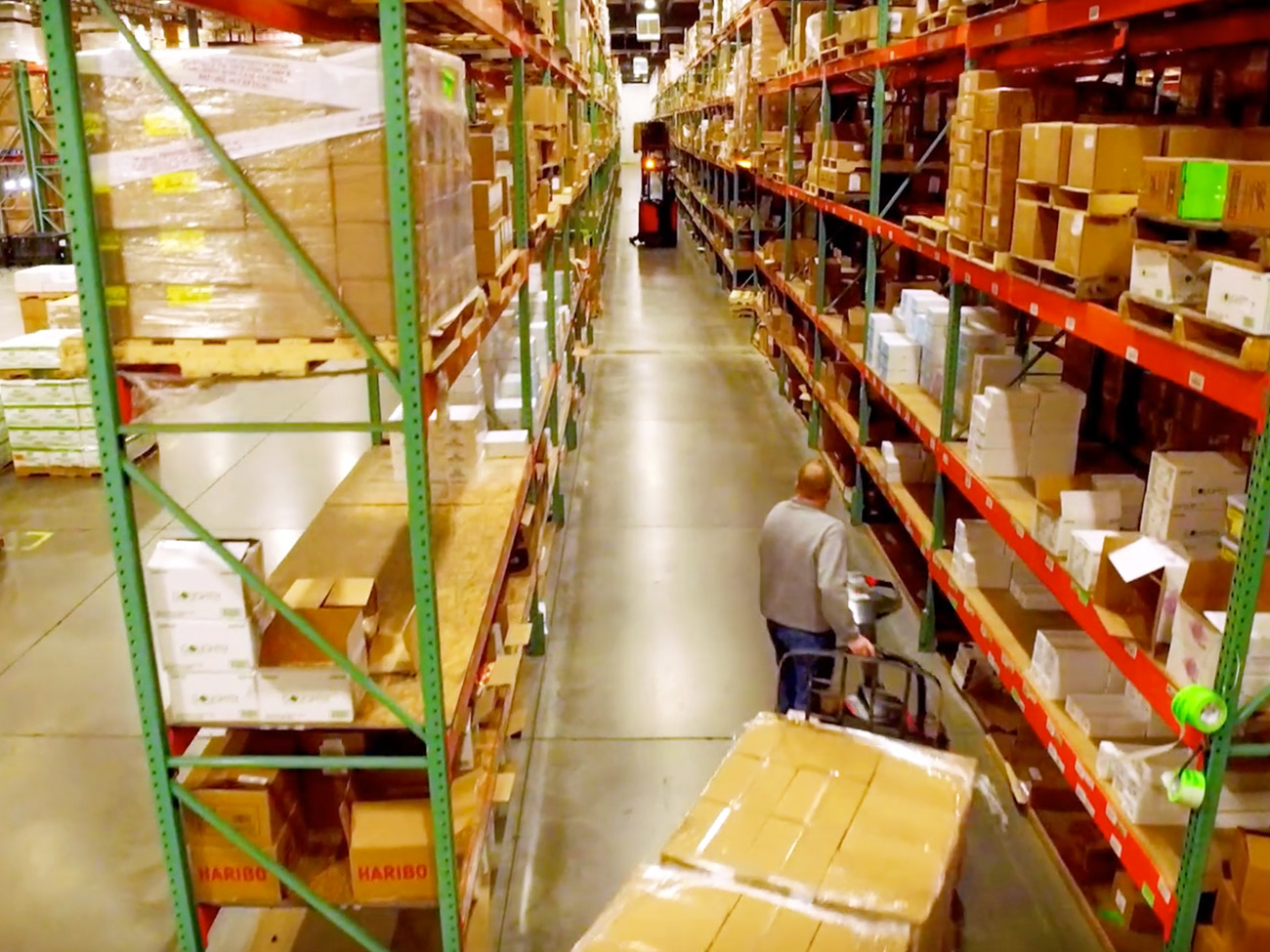
As warehouse labels age, such as rack and bin labels and vertical aisle signs, they lose their scannability and visibility. This causes slowdowns on stocking orders and even confusion about where the proper materials are or where they go. So now you must consider what it will take to replace all those labels. How much time will it take? Will it interfere with getting orders out on time?
What if you don’t even have a system set up in your warehouse yet? As you grow and your warehouse starts increasing in capacity and size, not having a proper system in place will negatively impact the productivity of workers.
From the floor to the bins, from the shelves to the aisle signs, here are some of solutions that will work for you and your warehouse. Warehouse management systems need to keep up with the changing times and increasing demands. This is your first stop to find out more about what you need to transform your warehouse for the future:
Barcodes are expected to be used about 84% of the time in warehouse inventory. This increases the need to upgrade technological solutions in your labeling system. Incorporating technology, such as scanners to go with the labels, can also help your warehouse go green by reducing the amount of paper material needed to conduct an inventory and fill orders.
Grow Smarter for your Future
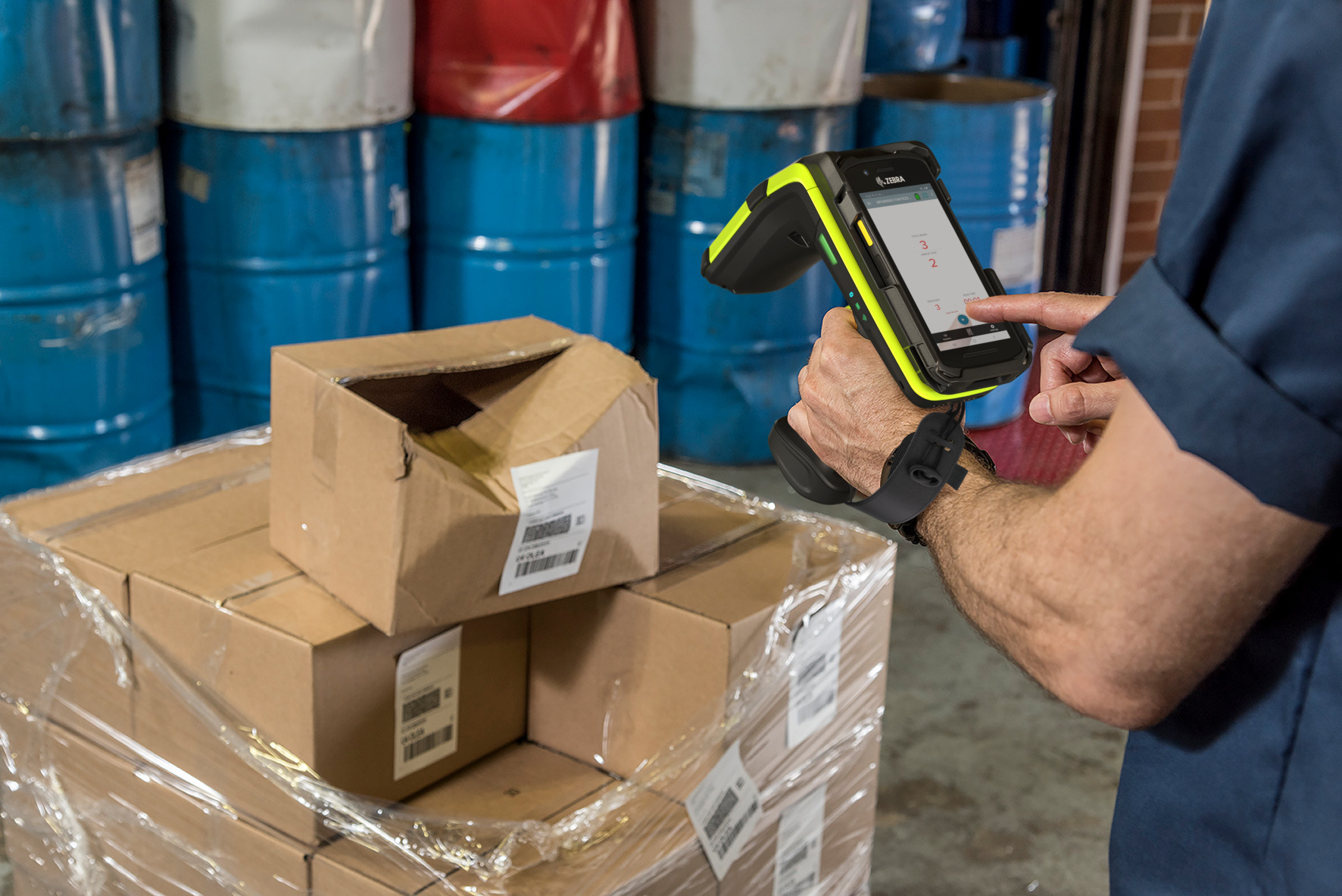
As a medium-sized business you’ve likely already incorporated barcode labeling systems that have become outdated. As such, you might be struggling to keep up with your current and future growth. Your goal is to optimize technology to become more dynamic and profitable in business, especially when your current technology is not meeting expectations.
Why would you hire someone to help you grow that doesn’t understand where you are and where you’re going? Imprint creates lifelong relationships and will help you every step of the way. Why would you hire someone that is one-and-done? Call the specialists that understand your needs even if you don’t.
For medium-sized businesses, Imprint can assist you in moving forward with technology that is designed to last, grow, and learn with you. From upgrading your software system to BarTender®, incorporating RFID technology, or installing/upgrading your warehouse technologies, Imprint has a solution for every aspect of growth.
Allow Imprint to become a part of your family, not just an addition to your function. Contact Imprint Enterprises today!
The post Barcoding Concepts for Medium-Sized Business Growth first appeared on Imprint Enterprises - Since 1975.
]]>Getting your small business set up with barcoding technologies does not have to be intimidating. If you’re not familiar with the lingo involved with it, it can seem a little overwhelming. This is where a good specialist should be able to help you easily understand the most complex aspects.
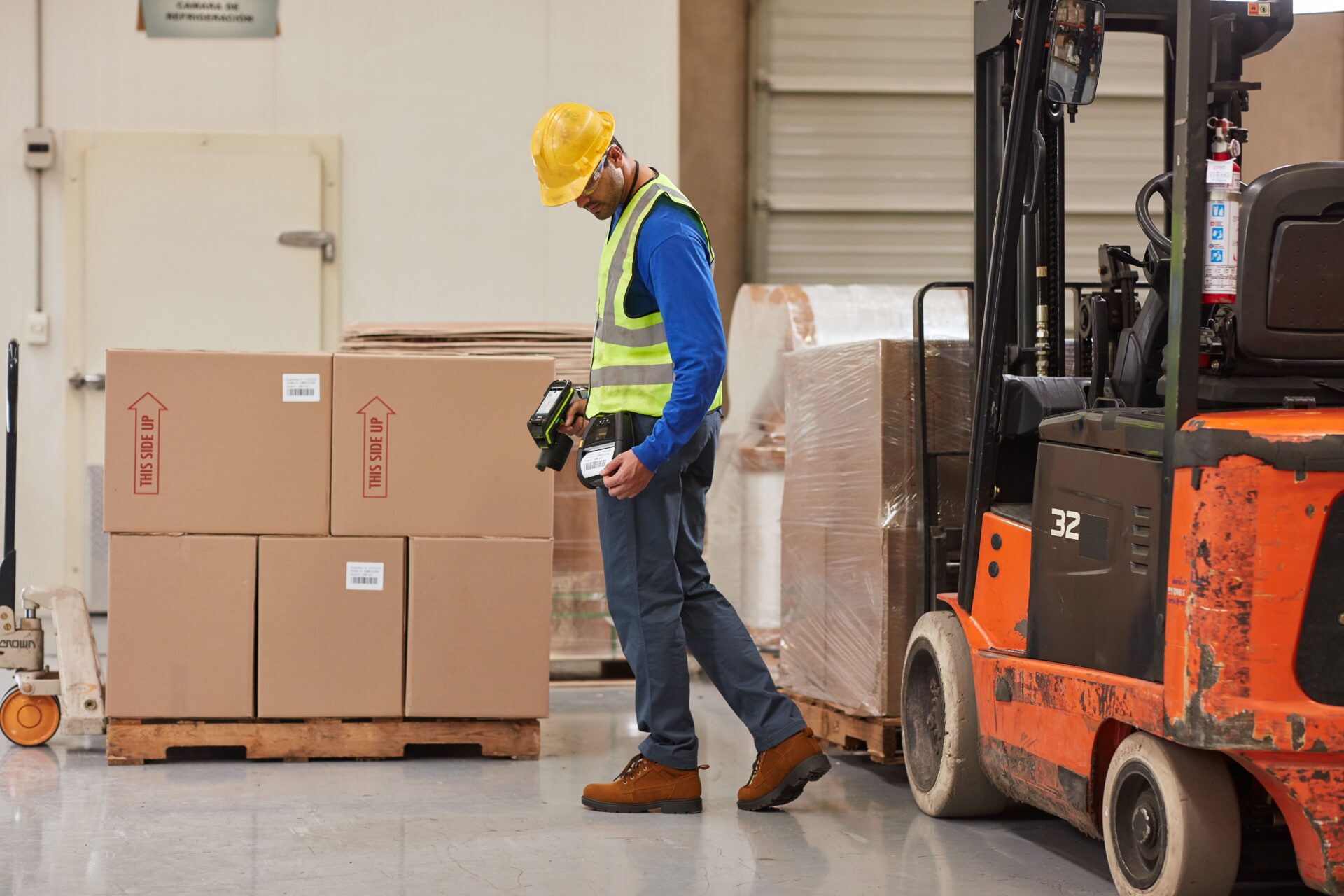
From understanding barcode labels to understanding the type of equipment out there, it helps you to understand what you might want to ask for. This section describes what equipment is needed to get you started, such as scanners, printers, labels, and software.
Barcode Labels

Barcode labels identify products and assets, which is critical to your business. Compliance, brand identity, and effective data/asset management require effective and accurate labeling. The quality of the labeling and printing effects operational efficiency.
Knowing the type of barcode you need will also determine the supporting technology you need (integration systems, printers, scanners, readers). And like with any equipment, repair service and proactive maintenance to keep printers making labels with scannable barcodes is essential.
Scanning and Verifying Barcode Labels
As you start off, you will need scanners that can read the barcodes you are using quickly and efficiently. Using a cheap alternative can lead to misreads and are not designed for longevity. Following is a description of the types of equipment use when incorporating barcodes into your company.
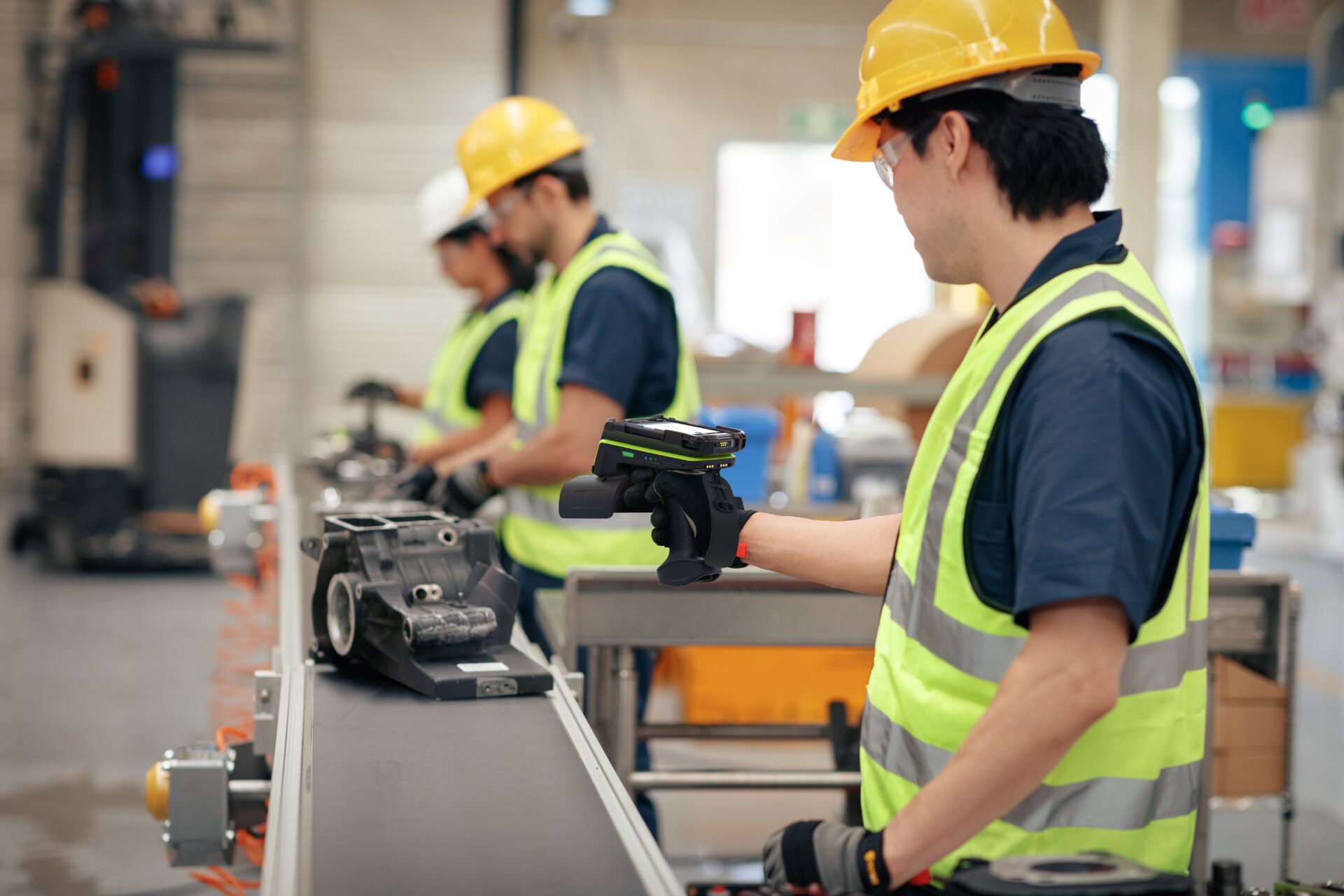
Handheld devices enable data collection while on the move. They’re available in a variety of keypad configurations to accommodate your business needs, and they support several different wireless technologies. Handhelds, manufactured by companies like Zebra Technologies, are commonly used for barcode scanning. The Zebra DS3500 Series and Zebra 3600 Series are some of the best options for handheld scanners.
Using barcode verifiers can make sure barcodes are readable. Verifiers are designed for accuracy and repeatability, checking your barcodes for the highest ANSI or ISO quality using a pass/fail or letter grade. A quick search will find a wide range of models and prices. It’s important to hire a specialist that can get the best fit for your size, your goals, and your budget.
Printing Barcodes
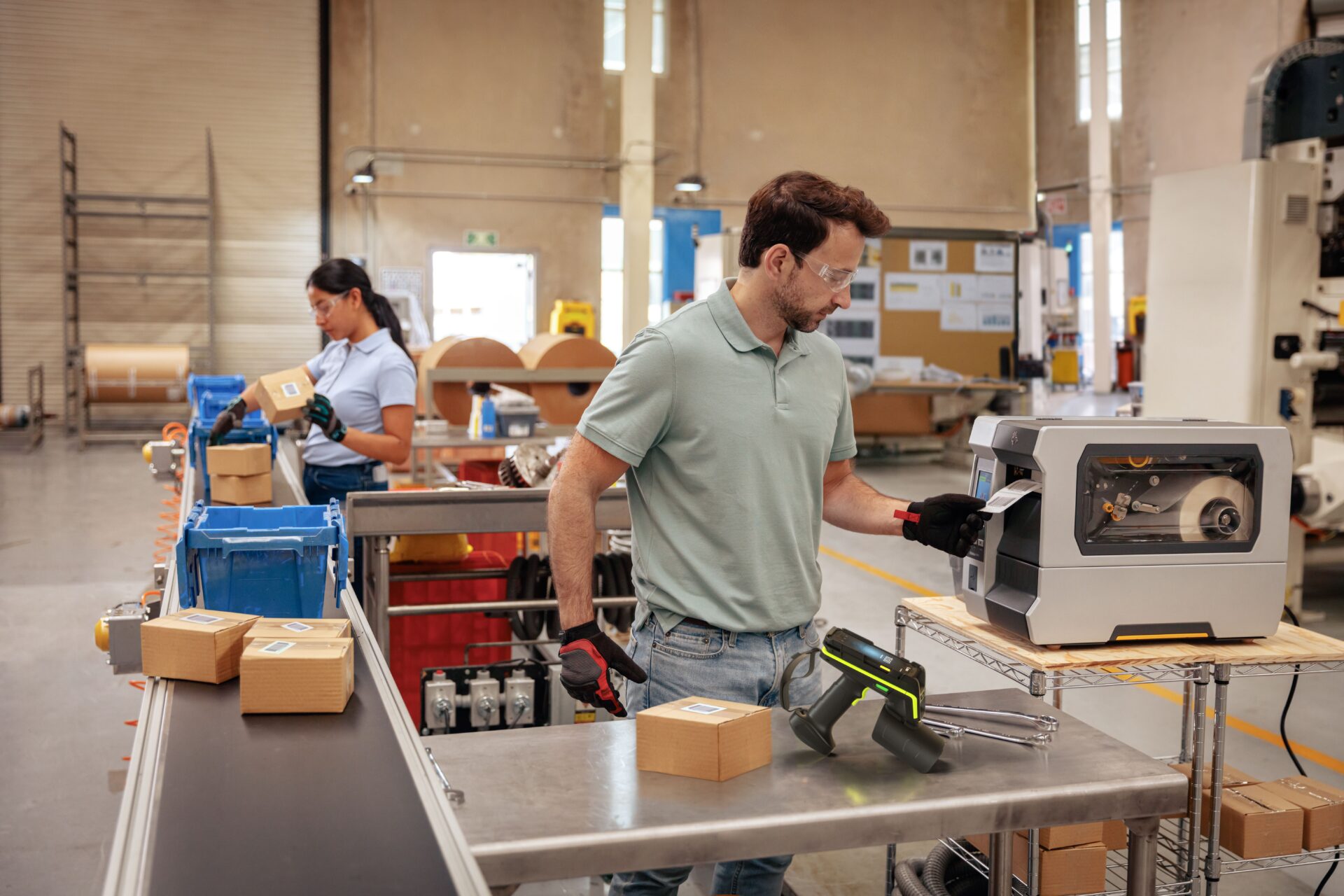
Printing barcode labels from your facility provides 24/7 reliability to eliminate downtime. From large labels to small, you can find a barcode printer that is right for you that can be connected wirelessly or through a standard connection for flexible configuration. The user-friendly designs of barcode printers simplify maintenance and troubleshooting.
Industrial barcode label printers range from specialty thermal printers, including barcode label printers, mobile barcode printers, and print-and-apply systems. Printers are adaptable to meet your small business and evolving technology needs, from black-and-white labels to color.
Barcode Labels
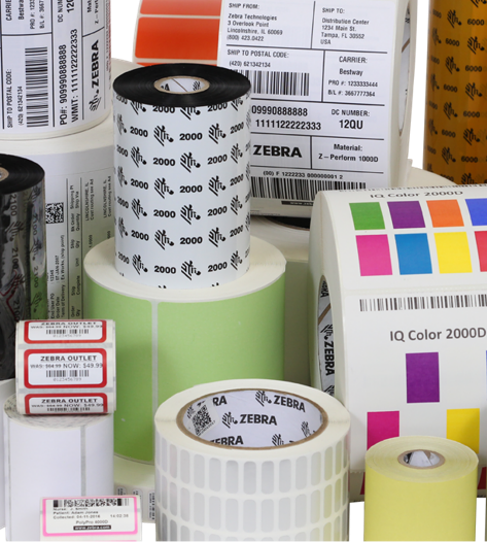
Barcode labels come in a variety of sizes, shapes, colors, and materials. There are also the printing supplies like wax, wax/resin, and resin barcode ribbons. Direct thermal fuses ink onto the label material while the thermal transfer method prints images via wax or resin ribbons.
Software Basics
Barcode printing software, such as BarTender® which is outlined in more detail in the next chapter, can help you more effectively create custom labels, asset tags, shipping labels, ID badges, coupons, and other items that can improve your supply chain, asset tracking, and other applications. These solutions also reduce errors by eliminating manual data entry and can automatically generate company-specific serial numbers and other data you need for your labels.
An enterprise resource planning (ERP) system is meant to have all areas of your business synchronized to improve accuracy and efficiency. Merging barcode label software with your ERP system will make it easy to print labels with the information that’s provided in your ERP system, streamlining the process.

Start With Someone that Understands Your Needs
While all this information can seem overwhelming at first, it helps to find someone that will be able to easily walk you through everything. Getting started with a barcoding system to help your company grow while working with a budget should be a specialist’s priority. Imprint Enterprises even has a remote device management service that can help maintain and manage your devices for you.
Why would you hire someone to help you grow that doesn’t understand where you are and where you’re going? Imprint creates lifelong relationships and will help you every step of the way. Why would you hire someone that is one-and-done? Call the specialists that understand your needs even if you don’t.
As a small business, Imprint can help you to move beyond current deadlines and look towards future possibilities. It all starts with understanding that barcoding technology is not as overwhelming as it may seem. Basic concepts are easily outlined from what a label is, to the equipment needed, to software that more effectively manages tracking barcode information.
Allow Imprint to become a part of your family, not just an addition to your function. Contact Imprint Enterprises today!
The post Barcoding Concepts for Small Business Growth first appeared on Imprint Enterprises - Since 1975.
]]>Finding the right barcode labeling products as a medium-sized business to meet your constantly growing needs can sometimes feel like a minefield. Contracts can have several different demands and using old or outdated technology is a setback that can also cost a lot of money in chargebacks. You know what you need and want from your technology, but you may not know how to get it.
Wouldn’t it be easier to have your technology bring all the different demands of contracts as well as your wants and needs into a single, user-friendly interface?

By upgrading your technology, department coordination and general management can be made simpler.
Smarter Technology

Having been inducted into the world of barcoding for a while now, you may already be familiar with 1D and 2D barcoding technology. Are 3D barcodes the next step for your company? 3D barcodes are primarily used as an added security measure during the manufacturing of some pharmaceutical, medical, and high-end jewelry products.
3D barcodes, also known as QR codes, are an upgraded version of 2D and are not a replacement. 3D barcodes look like 2D barcodes but differ in the fact that you can feel the bars and squares that are slightly protruding from the barcode. This form of barcode is typically engraved directly onto the surface of a product or onto a type of alloy that is then attached to the product.
Maybe it’s time to integrate a barcode labeling system with an Enterprise Resource Planning (ERP) system. By providing a direct interface between the barcode labeling system and the ERP system, your operations can benefit with interconnection while maintaining the look and feel of your current systems and keep production flowing smoothly.
Barcodes are not the only items that have been quickly advancing with technology. Barcode printers can print better and faster than before, with varying sizes to match in-house printing demands. Barcode scanners range from ring-size to rechargeable handheld devices. Monitors can be fixed to vehicles or transferable and are stronger and faster.
Even software systems have seen major advances. Medium-sized businesses tend to have several contracts with different needs, requiring something to bring everything into a single interface, which is more common now. With all the options available now, it’s easy to see how a company can get lost in a sea of options to choose from.
Coordination Between Departments
Many medium-sized businesses have several departments that need to cohesively work together: IT, marketing, sales, warehousing, etc. When barcode systems are outdated, one department may not get pertinent information. Or the system could constantly bug out, creating chaos and disrupting fulfillment. This costs more money for a business than upgrading a system.

Some businesses also use consultants for contract fulfillment. This requires hiring someone to take your company into the future while managing complexity of communication inside and outside of your company. How many solutions driven companies can help you upgrade your systems with what you need to grow while managing several chains of communication?
Warehouse Management Upgrading
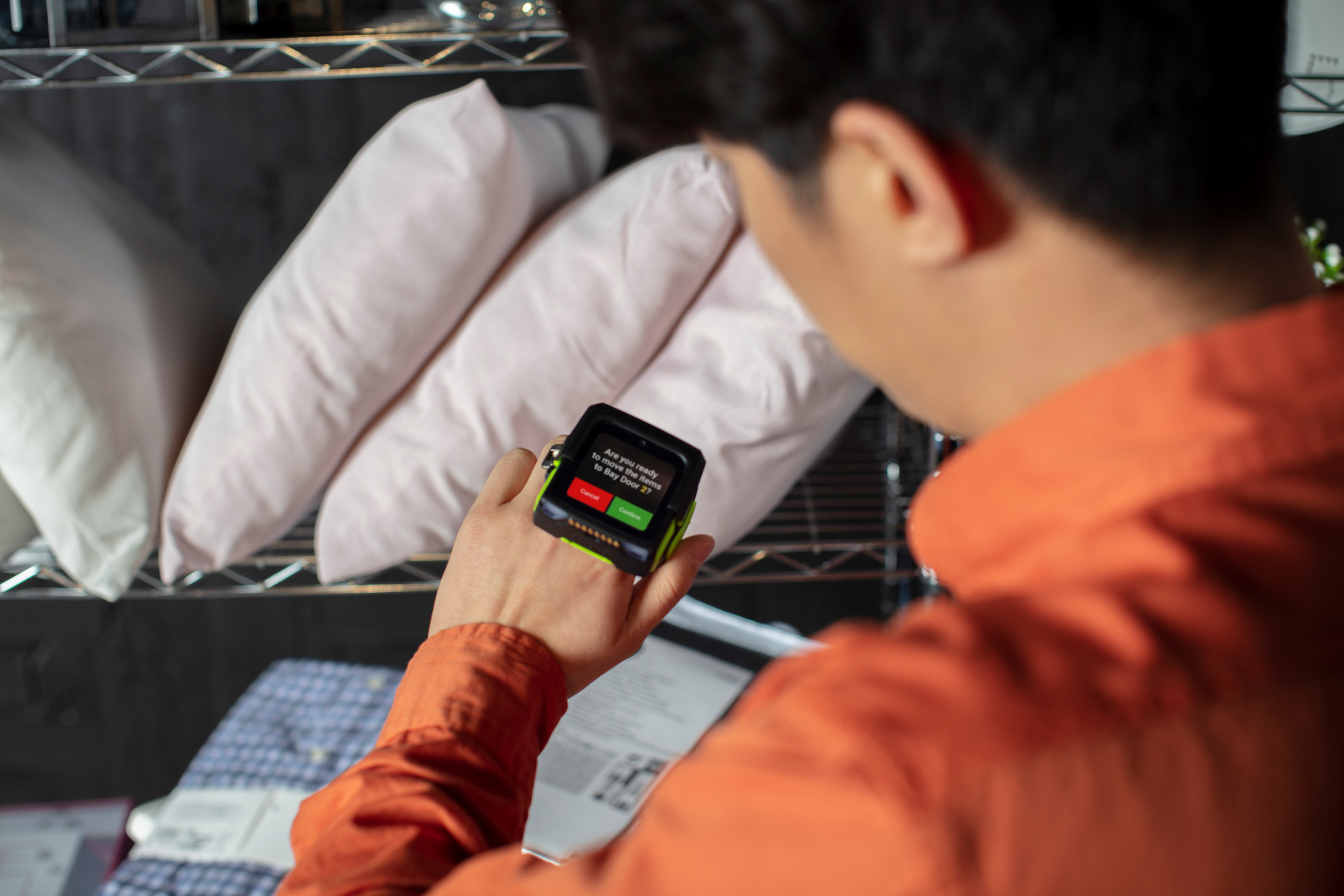
In an era of technology and increasing omnichannel shopping, creating a smarter warehouse for the future to keep up with demands and your growing needs is ever important. If you have a warehouse management system, look around your warehouse to see if labels are fading and wearing down. If you don’t have a system, how will you maintain growth?
Installing smart labels for easy scanning and enhancing the visibility of your signs will boost productivity and expedite order fulfillment. Barcode scanning will increase in use by as much as 67% for greater efficiency. Is your warehouse designed to keep up with that demand?
Smart Growth is Your Future

Approximately 90% of all businesses in the world are small and medium-sized businesses. SMBs employ 50-90% of the workforce (percentage varies by country) and are the driving force for global economic growth. You can see where you are now and where you want to go in the future. Why would you hire someone to help you grow that doesn’t understand where you are and where you’re going?
Imprint creates lifelong relationships and will help you every step of the way. Why would you hire someone that is one-and-done? Call the specialists that understand your needs even if you don’t. For medium-sized businesses, Imprint can assist in moving forward with technology that is designed to last, grow, and learn with you.
Optimize the expense of updating/upgrading your barcode systems and software in a way that will help your company see faster growth with larger profits. Hire a company that will understand multiple aspects of your business, from multiple internal points of contact to including external consultants.
Allow Imprint to become a part of your family, not just an addition to your function. Contact Imprint Enterprises today!
The post Barcoding Systems for Medium-Sized Business Growth: Is it Time to Get Smarter? first appeared on Imprint Enterprises - Since 1975.
]]>Barcode labels are used to identify products and assets have been used since the mid-1970’s. Over time, as technology has improved, so have barcode and scanning technology. From 1D to 2D, tracking stock and inventory has become faster and far more efficient. The amount of data in a single barcode has become more complex in a smaller footprint.
Naturally, scanning and printing equipment has also upgraded along the way. Scanning equipment has become more durable, can scan at greater distances, and can even scan at different angles. Barcode printers are available to facilities for inhouse printing.

Now the talk of the industrial world is that there is a newer evolution in barcodes: 3D. There’s a lot of misconception running around about what a 3D barcode is. Misconceptions of 3D barcodes have actually been around for a while (at least since 2012). Let’s take some time to clear up some false information that is flying around, starting with some basics.
Q: WHAT IS A 1D BARCODE?
A: The 1D barcode is a linear black and white line pattern, using variable-width lines and spaces for encoding information. The horizontally encoded numbers and characters, from left to right, typically holds only 20-25 characters. The most familiar 1D barcode is that of the common UPC code on grocery and consumer items.

Q: WHAT IS A 2D BARCODE?
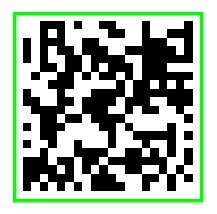
A: 2D barcodes created a faster and more efficient method of tracking stock and inventory than 1D could. 2D barcodes are scannable from any direction and orientation, even if the barcode is worn out and slightly damaged, interpreting the missing information accurately. 2D barcodes use patterns, shapes, and dots to encrypt as many as 2,000 characters, and are scannable up to 50 feet away. 2D barcodes can also contain images, website addresses, and binary data, allowing them to be independent of a database.
2D barcodes include PDF417, DataMatrix, QR Code, MicroPDF, and Aztec Code. These types of codes increase the integrity of the information contained in the 2D barcode, minimizing human error in data entry and the possibility for counterfeiting. 3D information is actually contained within 2D barcodes.
Q: WHAT A 3D BARCODE IS NOT.
A: The 3D barcode is a common misconception. Many people think QR Codes and DataMatrix Codes are 3D when they are not. Neither are Tier 2 barcodes, which are multi-colored squares arranged in a rectangular pattern for added security. Those are still 2D barcodes. Reflectivity of a barcode label does not indicate a 3D barcode.
Another common misconception is that a Direct Part Mark (DPM) is 3D. DPM involves permanently marking a part or sub-assembly with a laser, an acid etch, or a mechanically imposed peen. While this marking creates a groove into a surface, it is typically a 2D DataMatrix barcode. DPM is merely a method of barcoding a product so that information will allow tracking throughout the full life of the product, particularly those that are subjected to harsh environments (automotive, aerospace, weapons, and manufacturing).
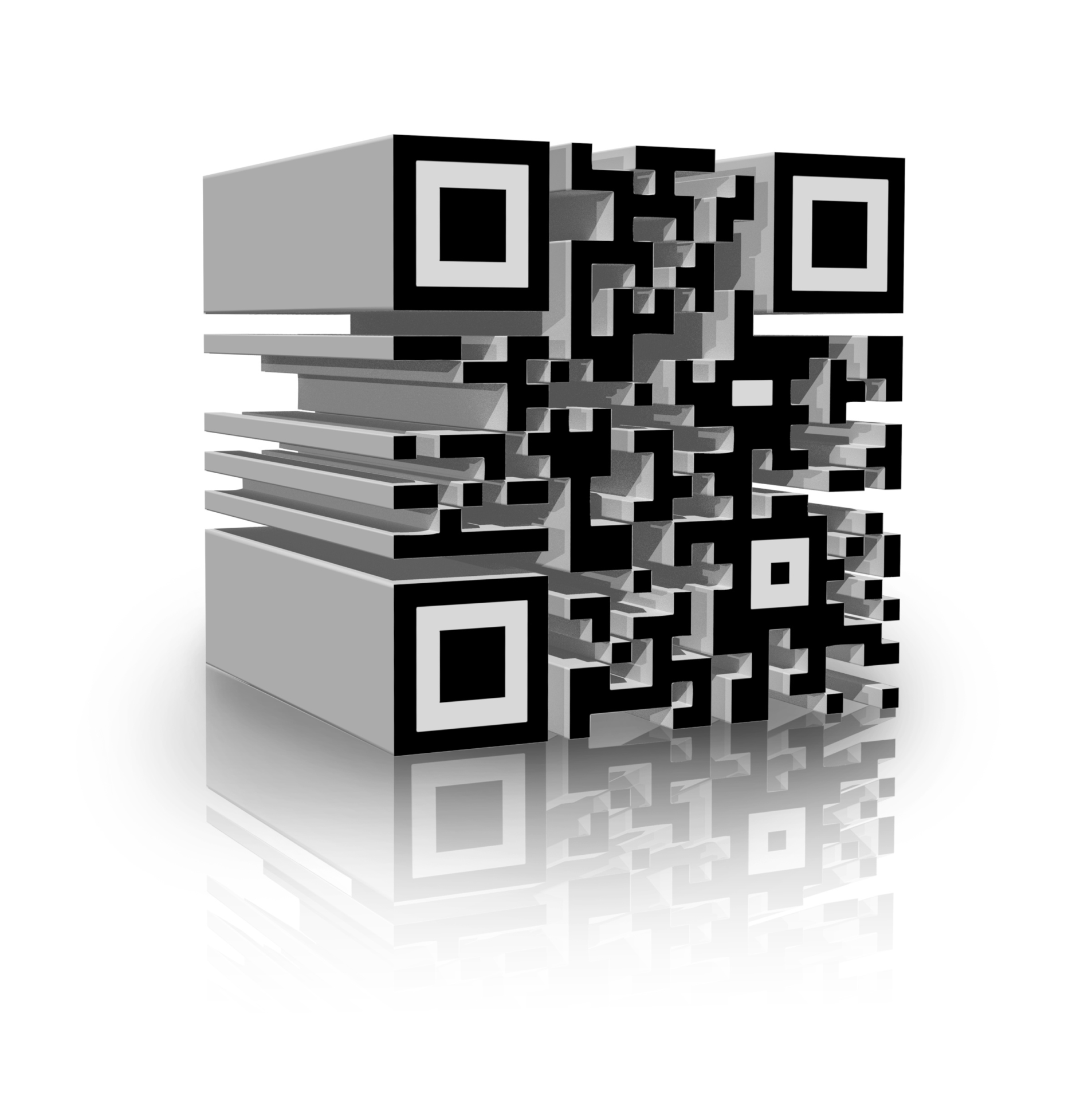
Q: OK, SO WHAT IS A 3D BARCODE?
A: 3D barcodes are an upgraded version of 2D and are not a replacement. 3D barcodes look like 2D barcodes but differ in the fact that you can feel the bars and squares that are slightly protruding from the barcode. This form of barcode is typically engraved directly onto the surface of a product or onto a type of alloy that is then attached to the product.
3D barcodes are primarily used as an added security measure during the manufacturing of some pharmaceutical products and high-end jewels. This means that most people have not even encountered 3D barcodes.
To get a mathematical perspective of a 3D barcode, consider geometry. A 3D barcode would have data encrypted on a X, Y, and Z axis. 2D barcodes are encrypted on a X and Y axis. 1D barcodes are only encrypted on a X or Y axis. So then, 3D barcodes are encrypted with patterns, shapes, and dots for characters (X and Y axis) and have a raised pattern that can be physically felt (Z axis).
Q: WHAT ARE THE OPERATIONAL AND FUNCTIONAL DIFFERENCES BETWEEN THE 2D AND 3D BARCODE?
A: Aside from the normal use of barcodes (identification and tracking of manufactured items), 3D barcodes are typically used to identify goods that had been stolen. It is still unclear if there are any working examples of this method of identification as of the release of this blog post. The idea is that the 3D barcode can automatically alert the owner of the stolen item.
3D barcodes are supposed to be indestructible and are unaffected by color limitations in 2D barcoding. 3D barcode information is virtually impossible to modify once it has been coded during the manufacturing process. The enhanced security, durability, and removal of color limitations are the only operational and functional differences. 3D barcodes are only an upgraded version of 2D barcodes.
Q: WHAT KIND OF LASER SCANNER OR IMAGE READER DO I NEED TO READ A 3D BARCODE?

A: There is limited information as to if there are specific 3D barcode reader manufacturers at this early stage of use of 3D barcode technology. 3D barcodes still have the standard encryption of information contained in a 2D barcode. There are 2D barcode imagers that can read all types of data encryptions from any direction and at long ranges. An example is Honeywell’s Granit 191Xi, an industrial scanner that can read 1D and 2D barcodes, along with the SR61-HP, which includes the company’s fastest scanning engine.
Keep in mind that 3D barcodes are simply an upgraded version of 2D barcodes for very specific clientele.
Q: WHAT IS THE MOST EFFICIENT AND ACCURATE BARCODE OPTION RIGHT NOW?
A: Unless you are manufacturing specific pharmaceuticals or high-end jewels, your company is better off sticking with 2D barcode imagers, which can read both 1D and 2D barcodes. Most companies incorporate both 1D and 2D barcodes into their labels, often at the request of customers or to meet industry-specific labeling standards (aerospace and automotive are examples of industry-specific).
2D barcodes used in manufacturing and supply chain applications has increased, as this scanning technology efficiently scans moving items on conveyor belts without worrying about scanner alignment. 2D barcodes are also ideal for imprinting on small parts that are associated with manufacturing, electronics, pharmaceutical, and medical equipment industries. Most industries are not requesting 3D barcode labeling technology… yet.
We have decades of experience in barcode solutions – from labels and printers, to readers and scanners.
Don’t be lead astray with misinformation about what 3D barcodes are. The most common misconception is that QR codes are 3D, which they are not. And adding different colors does not affect the dimensionality of a barcode, only the color array. Unless you are manufacturing very specific items in pharmaceuticals that are very expensive and highly susceptible to theft, it would be better to remain with 2D technology.
Haven’t upgraded your barcode technology to 2D yet? Here are some reasons why 2D improves efficiency and saves money in the end.
The post FAQs About 3D Barcode Scanning: Is it the Next Step? first appeared on Imprint Enterprises - Since 1975.
]]>